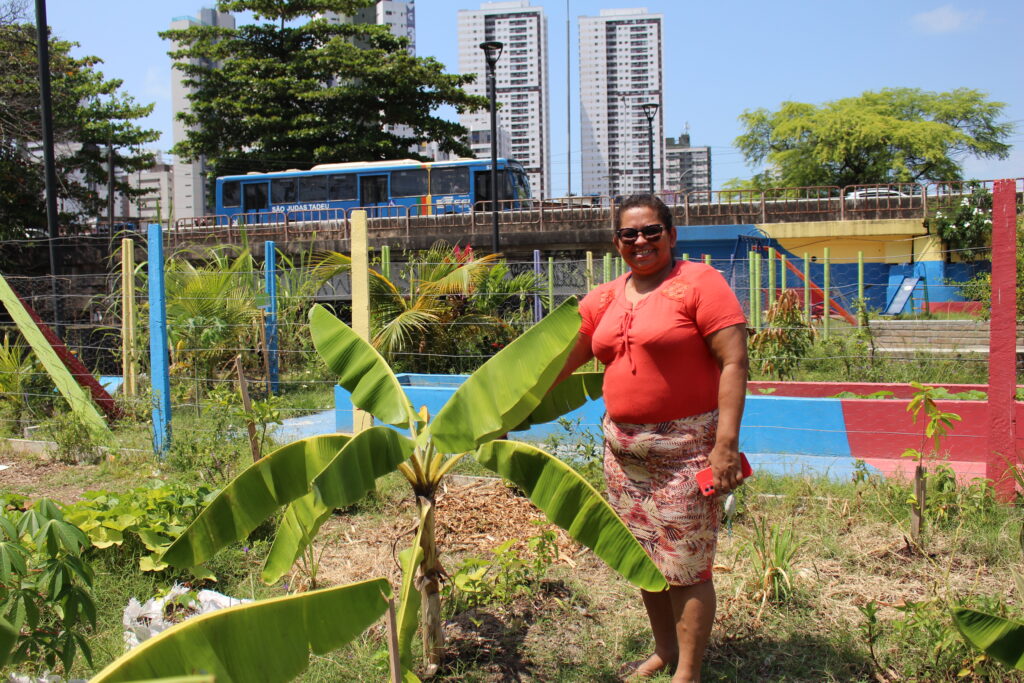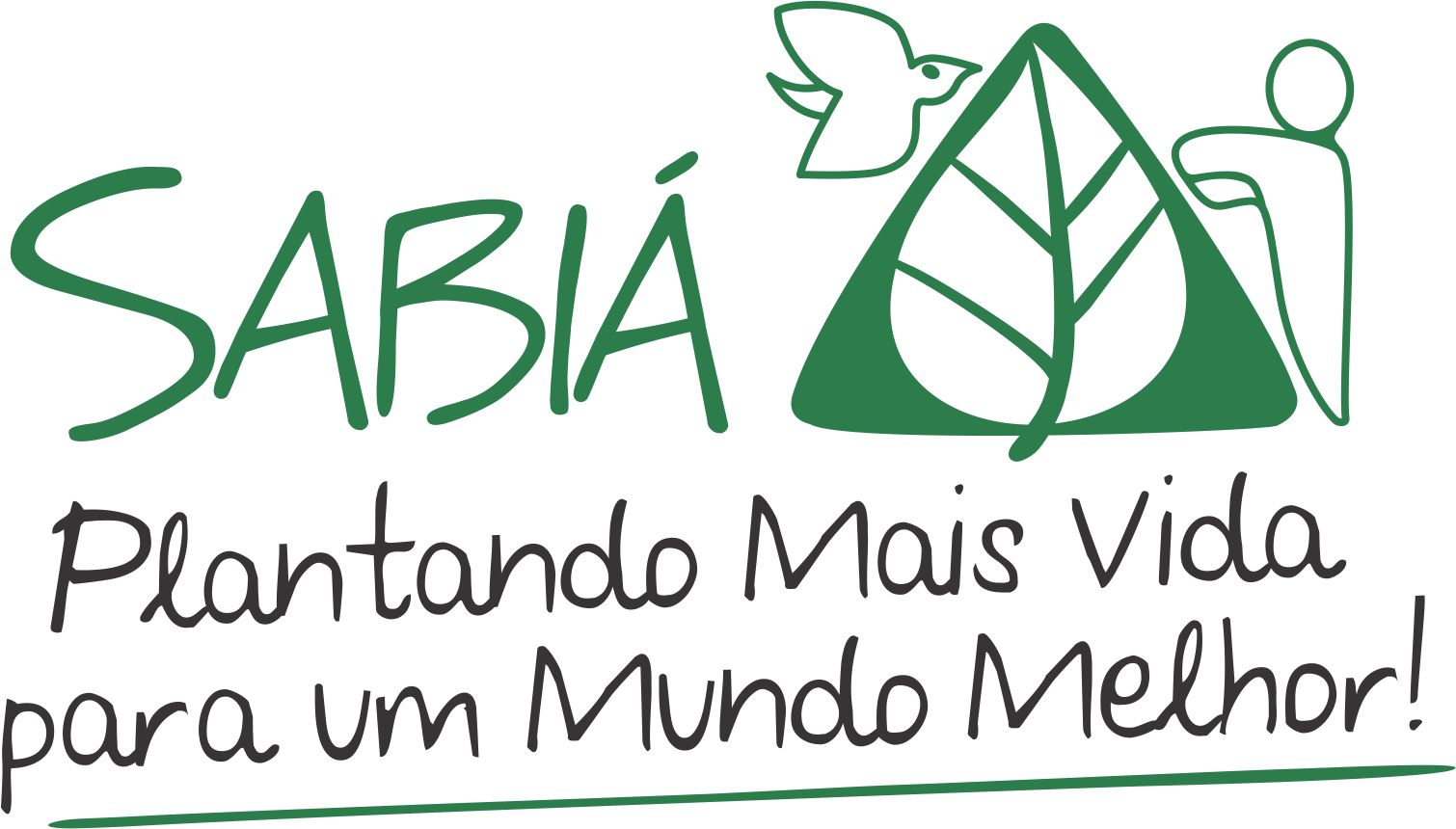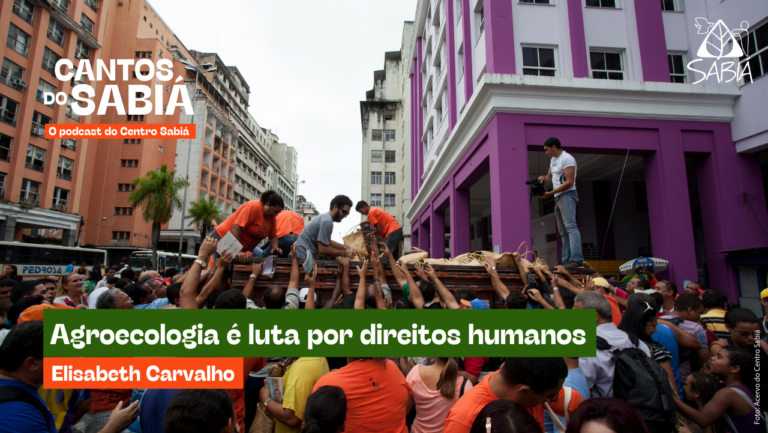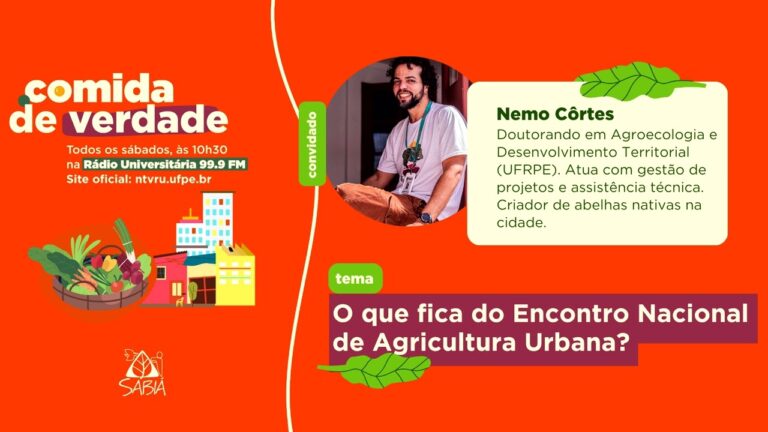Urban and peri-urban agriculture and a new look at food in big cities
Simone Arimatéia, technical advisor on Urban and Peri-urban Agriculture at Centro Sabiá

Urban and peri-urban agriculture in big cities has been growing food without poison in community gardens, backyards, productive alleys, green roofs and squares. This practice is gaining momentum in urban centers because, as well as producing healthy food, it creates green spaces full of life, where the temperature is more pleasant and rainwater drains more easily.
With population growth and the destruction of natural resources, urban agriculture is also becoming an alternative to the need for food and nutritional security in cities, especially for peripheral populations. But as well as growing food and medicinal plants, these collective spaces have strengthened food practices that involve doing things together, consuming seasonal produce and eating real food.
Why are these questions important? Food in big cities has changed a lot in recent decades with industrialization and the arrival of ready meals. This ultra-processed food, despite appearing practical in the face of the hectic demands of everyday life, is coated in substances that make our bodies sick and don’t provide us with the vitality we need, which is only found in food harvested directly from the earth.
So it’s worth thinking about: how are we eating? Have you been peeling your food or opening packages? What family traditions are being maintained in your home, such as Sunday lunches or making corn food?
We need food variability, beyond what is offered to us in most markets, where we buy the same types of food, the same variety of rice, the same type of sweet potato and tomato.
That’s why shopping at organic fairs, street markets or participating in community gardens is a way of having access to diverse foods, consuming Creole seeds and, above all, being able to eat a bit of everything. It’s also a way of remembering that we need to value and use plants in our daily lives, that you can take care of your fever with cologne, but you can also consume vitamins by eating taioba or araçá.
Nothing found.




